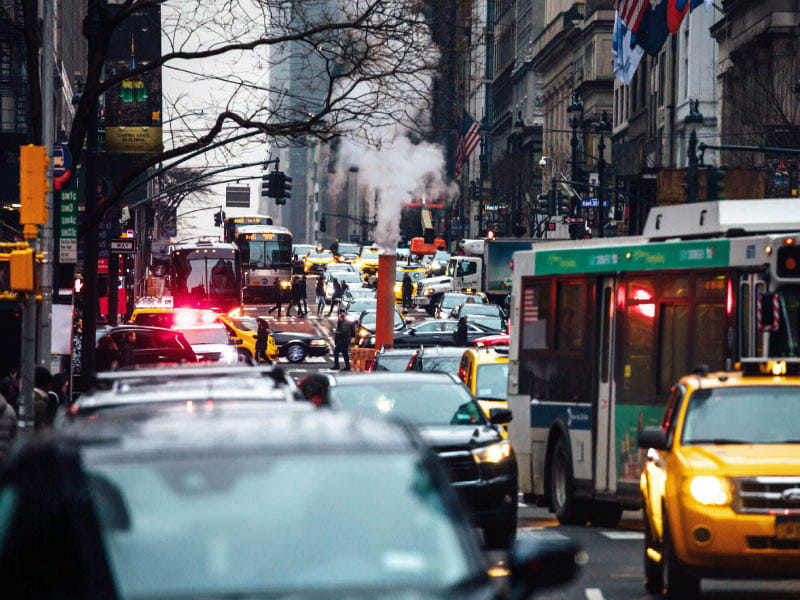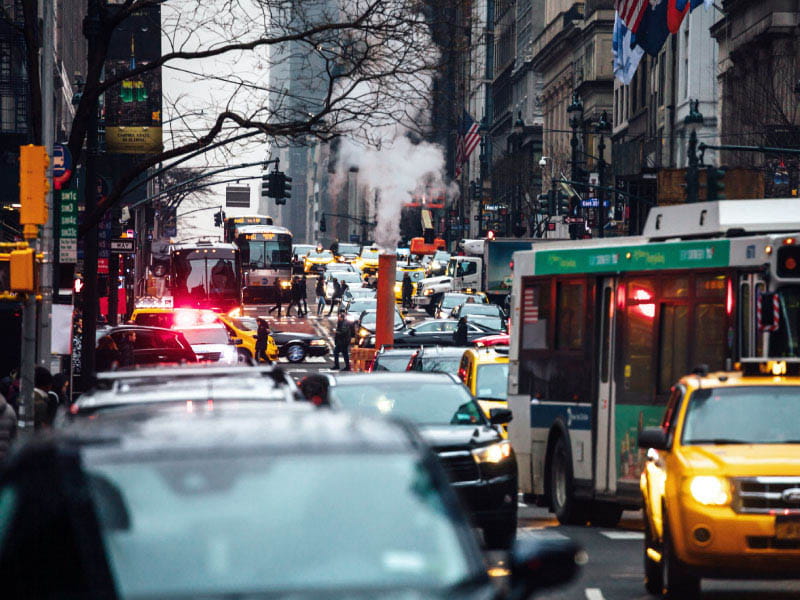Internet, parks, train tracks can affect stroke risk for neighborhoods
According to a study by the American Heart Association, cardiovascular risks are “highly associated with increased social and environmental adversities.” […] The post Internet, parks, train tracks can affect stroke risk for neighborhoods appeared first on TheGrio.

According to a study by the American Heart Association, cardiovascular risks are “highly associated with increased social and environmental adversities.”
People living in neighborhoods with high rates of environmental and socioeconomic problems may face a higher risk for heart disease and double the risk for stroke, new research finds.
The study, published Wednesday in the Journal of the American Heart Association, found the combination of chronic environmental and social issues, including higher rates of pollution and unemployment, contributed to widening disparities in cardiovascular health and that environmental factors alone played a significant role.
“Our study is one of the first to examine the impact of both social and environmental factors in combination and looked at the complex interplay between them,” senior author Dr. Sarju Ganatra said in a news release. Ganatra, a cardiologist, is vice chair in the department of medicine for research and director of the Cardio-Oncology Program and South Asian Cardio-Metabolic Program at Lahey Hospital and Medical Center in Burlington, Massachusetts.

Recent studies have shown neighborhoods with greater social and environmental disadvantages have higher rates of cardiovascular disease and its risk factors. In this new study, researchers wanted to explore how much of a role environmental factors played both independently and in combination with socioeconomic factors.
For the study, environmental disadvantages included air and water pollution, the presence of potentially hazardous or toxic sites, few recreational parks and heavy road traffic, along with the presence of railways or airports. Social factors included racial and ethnic minority status, income, education and employment levels, housing status and access to the internet and health care.
The analysis showed residents of the most environmentally and socially vulnerable neighborhoods had 1.68 times the rate of coronary heart disease and more than twice the rate of stroke compared to people in the least vulnerable neighborhoods. People in the most vulnerable areas also had higher rates of Type 2 diabetes, chronic kidney disease, high blood pressure and obesity.
“I was amazed to see the tight links and complex interplay between social and environmental factors on health outcomes,” Ganatra said. “We were able to demonstrate their ‘dual hit’ on health outcomes. And beyond that, we were more amazed by the fact that even after adjusting for socioeconomic factors, environmental factors played a crucial and independent role in determining various heart disease and other related health outcomes.”
People living in the most environmentally and socially vulnerable neighborhoods had the highest percentage of Black and Hispanic adults (30% and 48%, respectively), while the least vulnerable neighborhoods had the lowest percentage of racial and ethnic minorities (5% and 11%).
The researchers, Ganatra said, believe reversing the impact of environmental and socioeconomic disadvantages will require a multipronged approach that includes reducing exposure to air pollution and establishing policies to address poverty, urban revitalization, public education, job creation and affordable housing, as well as increased access to quality health care.
“Our aim is to empower the health care community to better inform patients about environmental factors they encounter daily,” he said. “Patients, in turn, gain the ability to reduce their exposure to harmful environmental conditions, such as exposure to harmful chemicals and air pollutants to minimize health hazards and mitigate health risks.”
Never miss a beat: Get our daily stories straight to your inbox with theGrio’s newsletter.
The post Internet, parks, train tracks can affect stroke risk for neighborhoods appeared first on TheGrio.












